Brazilian shorthair cat: description of the breed and features of the content
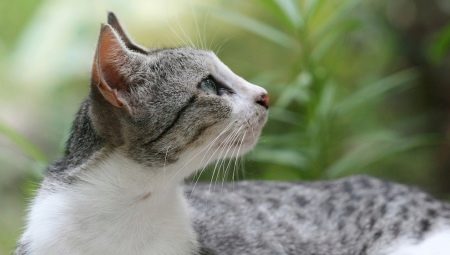
The Brazilian cat population is one of those rare cases when the breed was created by nature itself without the slightest human intervention. In appearance, these are ordinary animals with very beautiful eyes and a peaceful character. Let's consider their origin, appearance and character in order to understand what their personality is.
History of the species
For a long time, cats lived in the cities of Brazil, not attracting the attention of either townspeople or felinologists, because their appearance is the most unremarkable: average volume and weight, moderate paws, tail and ears, a normal body. Animals can have any color, there are no restrictions. So Brazilian cats would have walked on their own to this day, if breeders did not pay attention to the persistent individual characteristics of the entire population that distinguish them from other cat breeds.
Interestingly, the traits were developed without human participation in the process of natural selection.
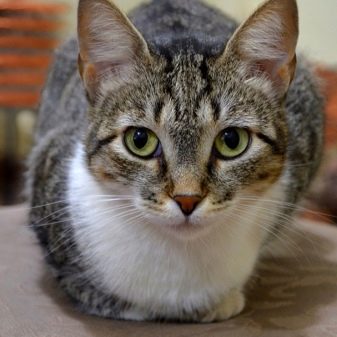
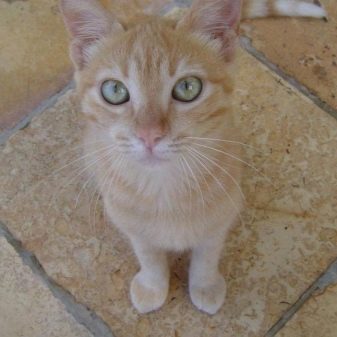
In the 80s of the last century, animals began to be studied, bred, choosing kittens with dominant characteristics of the breed. Having carried out a fairly serious amount of work, in 1985 Brazilian felinologists applied for the registration of a new breed of cats. By that year, standards for the Brazilian shorthaired line had been developed.
Recognition did not come immediately, only in 1994 the world-famous organization WCF introduced the developed standards to the collection.
But at that time, the breed was denied independence. Brazilian cats were combined with European cats, forming the Celtic Shorthair breed.The country's felinology continued to point to the unique traits of the street population, and in 1999, the WCF proposed to separate the Brazilian Shorthair into a separate cat species.
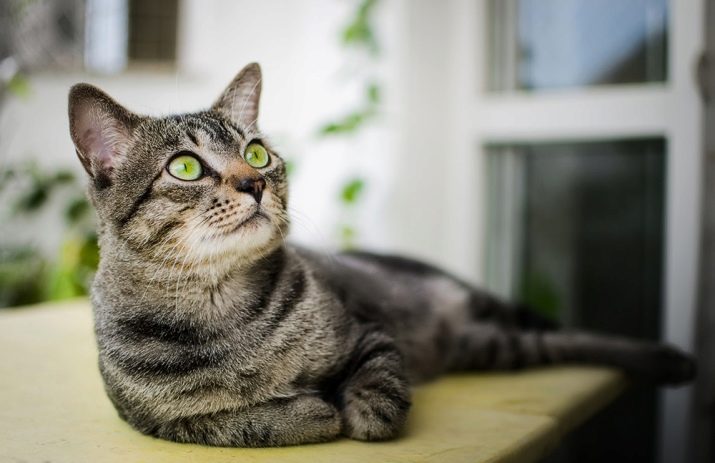
Description
The appearance of animals is not outstanding, but rather cute.
- The body is of medium length with a broad chest, with well-developed muscles.
- The legs are strong, of standard sizes, with rounded pads on the paws.
- The head is slightly elongated, wedge-shaped. The muzzle has a pleasant outline.
- Standard, wide-set, triangular ears, rounded at the ends.
- Beautiful almond-shaped eyes with a clever, piercing gaze that can be any color.
- Wool without undercoat, short, close-fitting to the body, silky to the touch. The variety of colors is not limited.
- The tail is wide at the base and tapered at the tip.
- Strong strong neck of normal length.
By standards, the weight is allowed up to 4 kg, the cat looks noticeably larger than the cat.

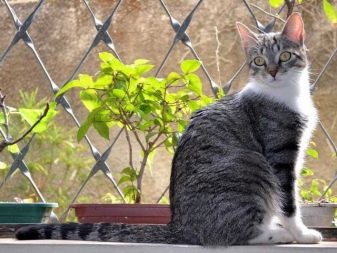
Character
Until the end of the last century, when Brazilian cats were noted as a breed, they were considered ordinary yard animals. Long life on the street left an imprint on their character. Cats are freedom-loving. Despite the good nature, they can stand up for themselves. They are consummate hunters and hunters for their kittens.
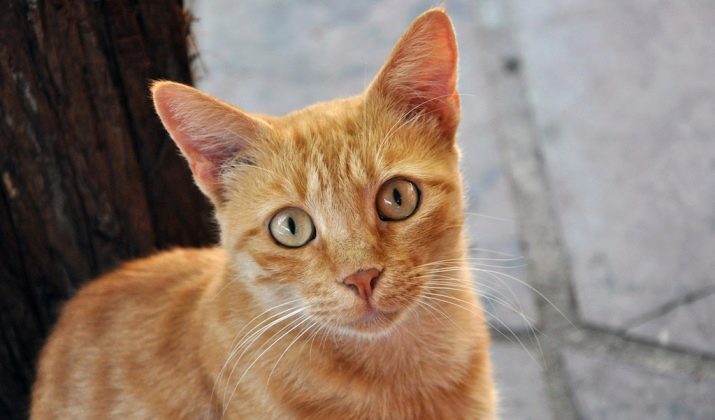
Brazilian Shorthair cats are social animals... They feel good about themselves in a large and noisy human family, while not singling out anyone, but loving everyone from young to old. For them, attention is an important aspect of family life. A cat forgotten by all household members may seem aggressive and irritable, but the behavior is easily corrected by attention and care.
The breed is endowed with good intelligence, easy to train. Kittens and young individuals are active, playful, prefer long walks in the fresh air. They are easygoing, affectionate and loyal pets, good companions in games for children. With responsible care, they can live up to 20 years, delighting their owners with the positive.
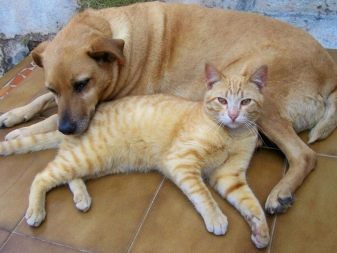
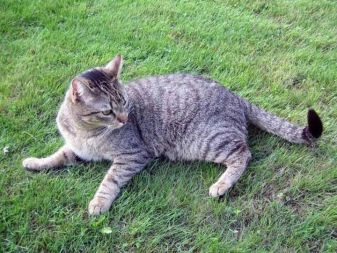
Care
The animal requires minimal care, as:
- unpretentious in food;
- he has short hair;
- has a peaceful character.
Purebred cats are very clean, you do not need to bathe them. But due to the frequent licking of the skin, wool can accumulate in the stomach. In such cases, the cat is given a special paste, grass or food to help get rid of the buildup.
It is recommended to comb the fur with a special brush 2-3 times a month.
For the purpose of hygiene and prevention of diseases, the eyes, ears and tips of the paws of the animal should be periodically examined. Sometimes they are wiped or cleaned using cotton swabs dipped in a decoction of herbs. You can brush your cat's teeth once or twice a week. All accessories for this are purchased at the pet store. Once a quarter, they give drugs for helminths. The cat should have a scratching post and some toys to satisfy the activity of the moving animal.

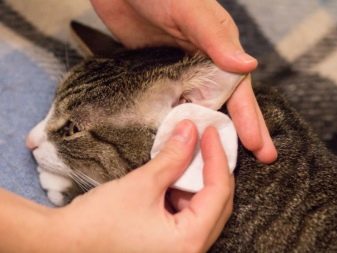
Feeding
Representatives of this breed are picky about their diet, they eat whatever they are given. But you should not, taking advantage of the cat's good appetite, offer her everything indiscriminately: such a diet can harm even good health. For animals, special feeds have been developed, enriched with vitamins and minerals. They are designed for different age categories. When choosing feed, the characteristics of the condition of the animals are taken into account:
- castration;
- pregnancy;
- the period of feeding the kittens.
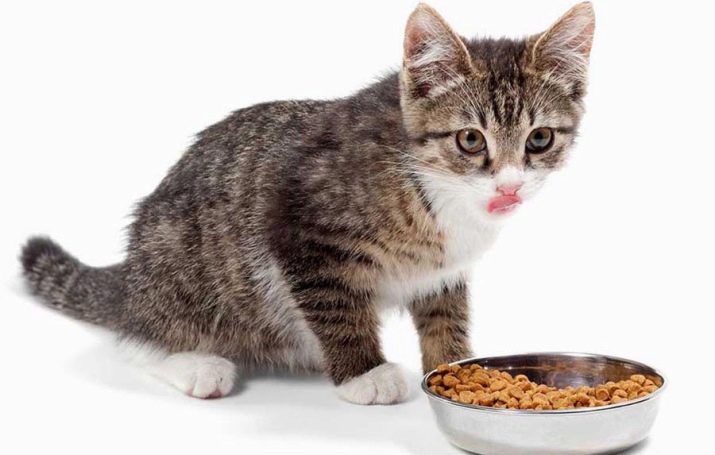
In addition to industrial feed, natural products should be present in the diet: meat, poultry, fish. The cat's stomach does not tolerate fatty foods and some vegetables.
The freshness and quality of the water, as well as the cleanliness of the feeding areas, should be monitored daily.

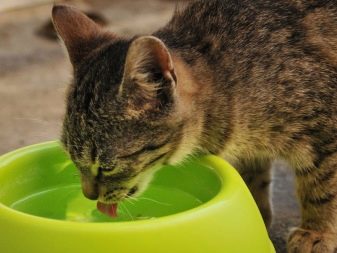
Health
Former street animals have earned excellent immunity over the years. But even they sometimes suffer from skin and digestive system diseases. Most often, problems are associated with poor nutrition.
If you notice alarming symptoms or abnormal behavior in your pet, it is better not to delay the visit to the veterinarian.
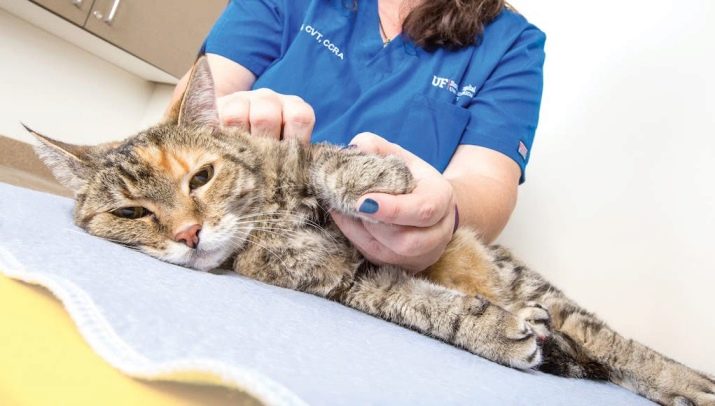
It is noted that representatives of the Brazilian short-haired breed easily pick up helminths, can become infected with 82 types of worms and 32 of them can be transmitted to humans. Therefore, for their diet, fish and meat are pre-boiled. Every 3 months they give tablets for worms, even if the animal is not on the street.
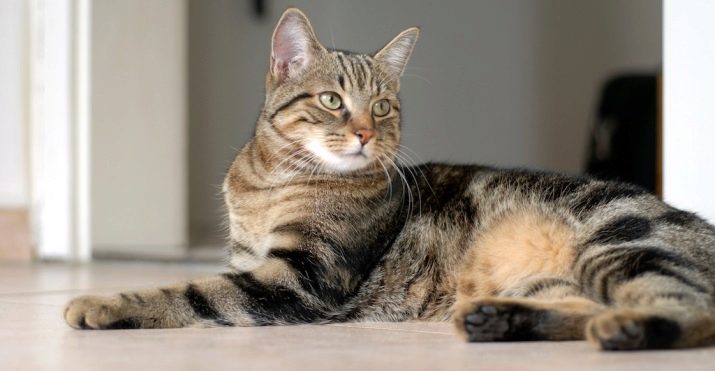
Good immunity is, of course, important, but disease prevention has not yet been canceled. This means that vaccinations must be done, especially if the animal is walking outside the house. Vaccines have been developed for cats against 7 diseases caused by pathogens (viruses and bacteria):
- chlamydia;
- calcivirosis;
- rabies;
- ringworm;
- rhinotracheitis;
- infectious peritonitis;
- panleukopenia.
Complex vaccines are being developed and, as a rule, the cat is vaccinated with multicomponent preparations once a year with the help of 2 injections.
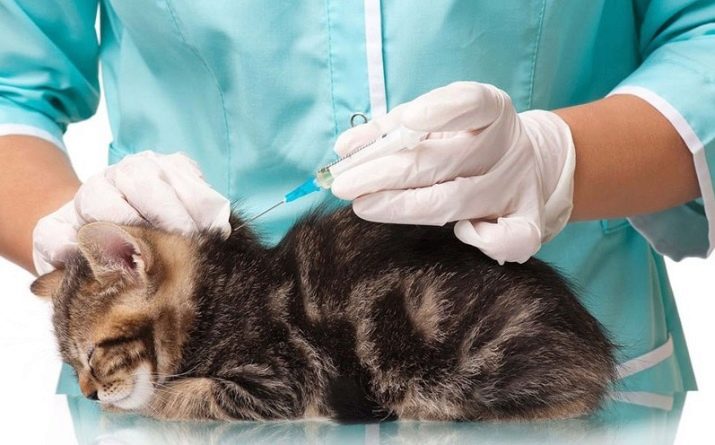
Reproduction
Unlike street animals, in Brazilian cats, in addition to the spring mating season, there is a surge in sexual activity also in summer. The heat lasts about a week. Kittens can appear several times a year. During estrus, a peaceful and gentle animal can become irritable and even bite or scratch. Since cats during this period are distinguished by noisy behavior, many prefer to keep cats. But they have their own characteristics, provoked by instincts: cats during sexual activity mark the territory with an unpleasant pungent odor.
Therefore, if it is not planned to continue the population, it is better to castrate the animal.
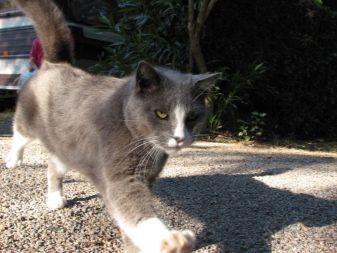
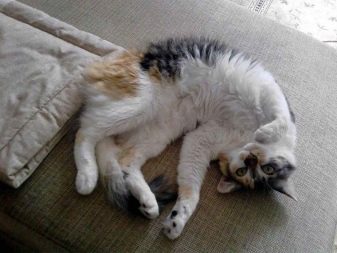
The reproductive period in females begins at the age of 1 year, in some individuals - from 8 months. Pregnancy lasts 62–68 days. Before giving birth, the owners should prepare the place: for example, a box of bedding. Kittens are born at intervals of about 30 minutes to an hour. The cat chews the umbilical cord and licks the cubs. In the Brazilian Shorthair, childbirth usually goes without complications, the cat itself is able to take care of itself and the babies.
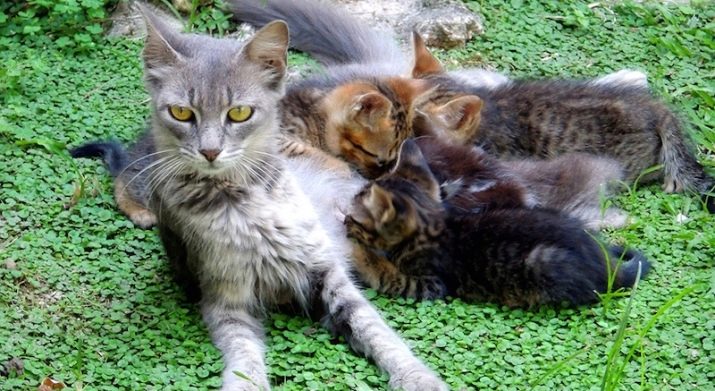
Newborn kittens are blind and deaf, they begin to see in 15–20 twenty days, and hear - a little earlier. Babies can be fed at 3 weeks of age. In addition to cereals with milk, it is gradually allowed to introduce boiled finely chopped meat and vegetables into the diet.
Fully formed teeth allow kittens to eat more solid food by 1.5 months
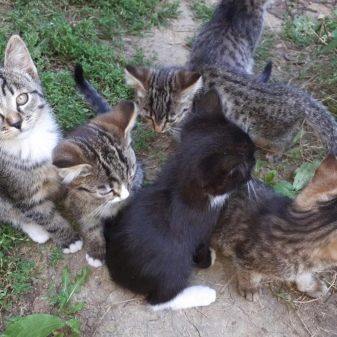
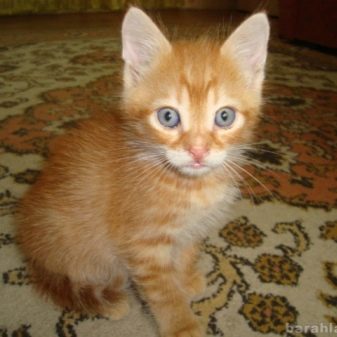
An animal with beautiful intelligent eyes and a good-natured character can become an excellent pet, but, unfortunately, a purebred short-haired cat can be found only in Brazil, domestic breeders do not breed it. Those wishing to purchase a kitten of this breed can contact the clubs, where they will tell you how to organize the delivery of a pet from overseas.
For a detailed description of the Brazilian Shorthair cat, see the following video.
































